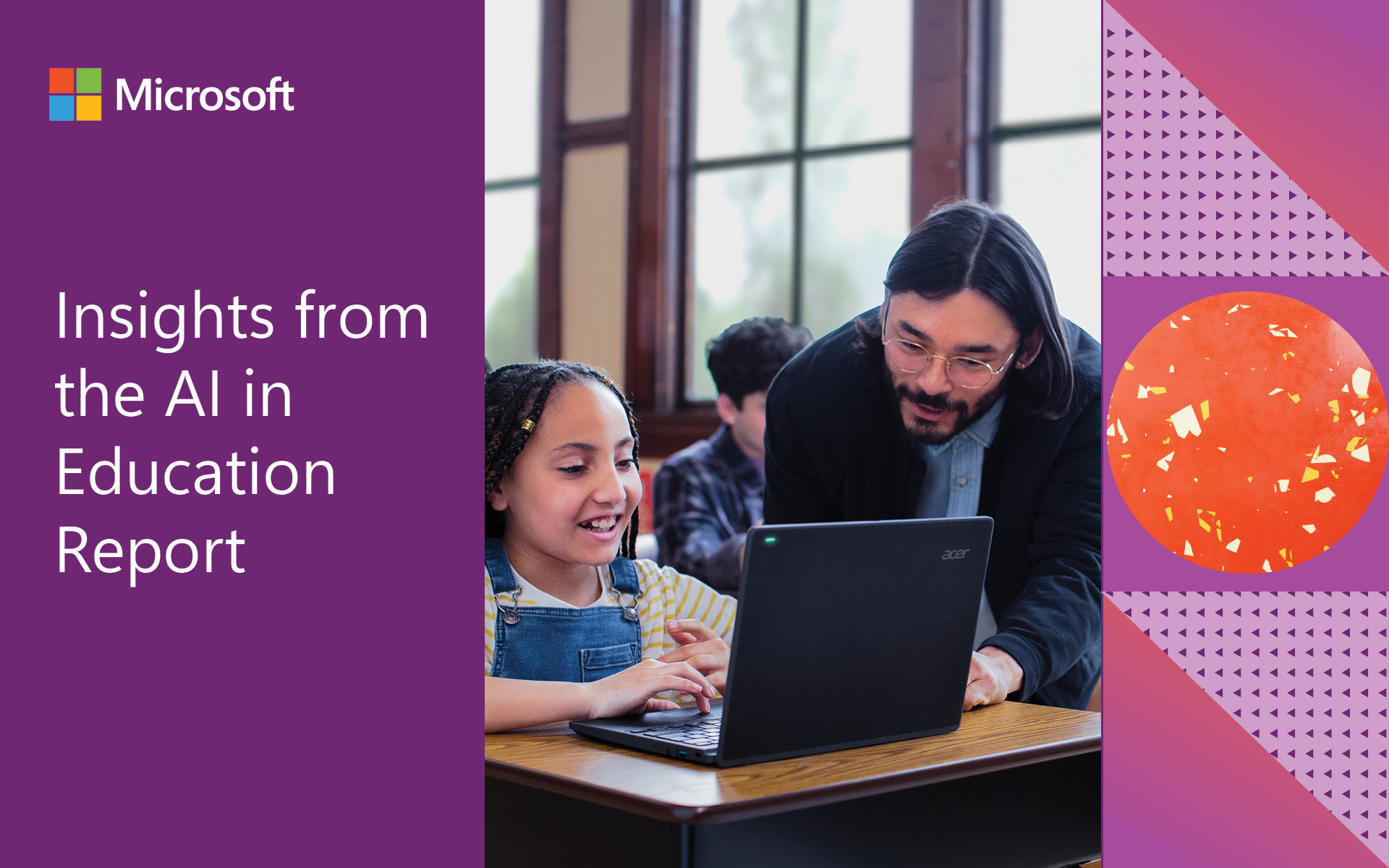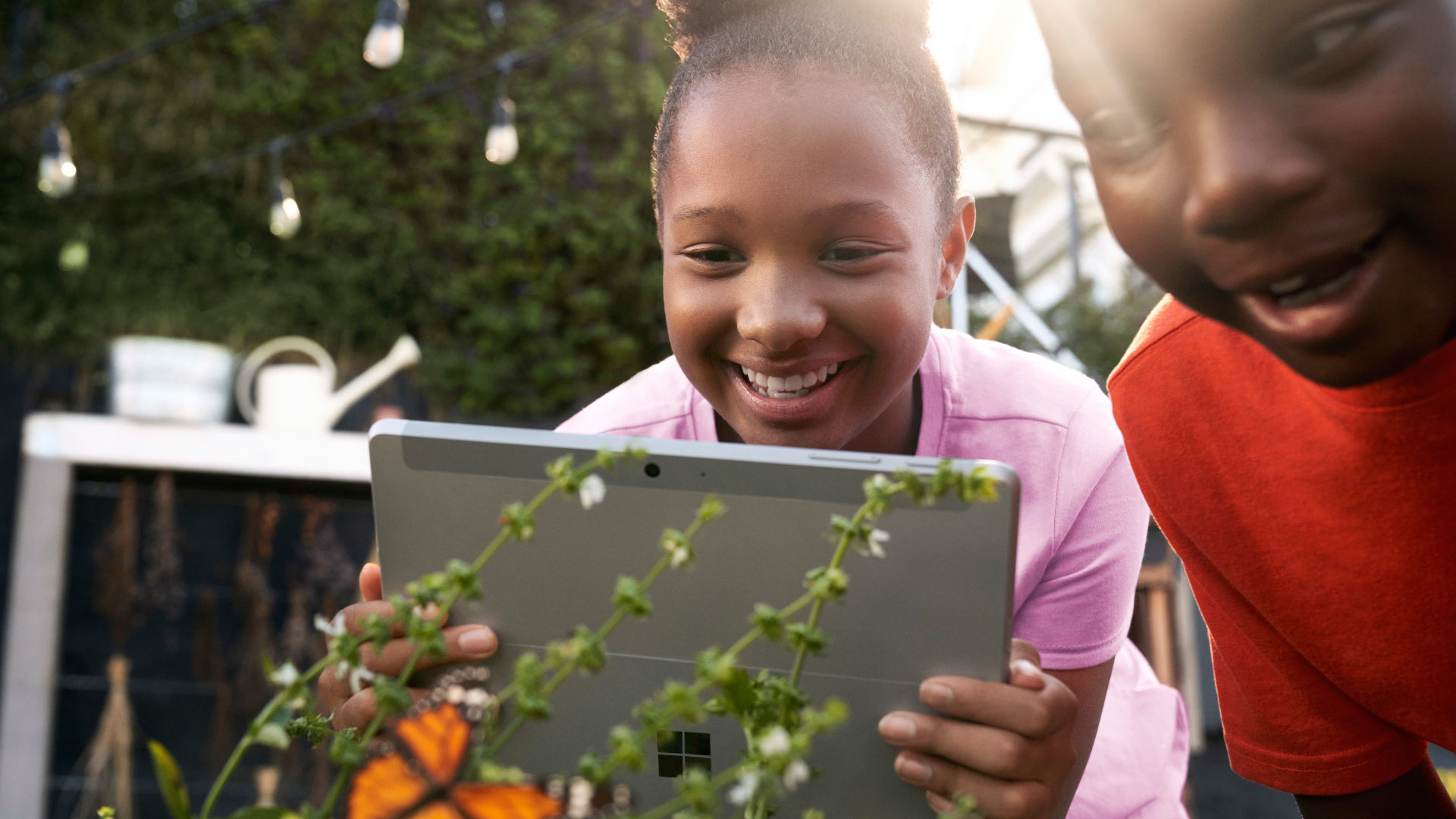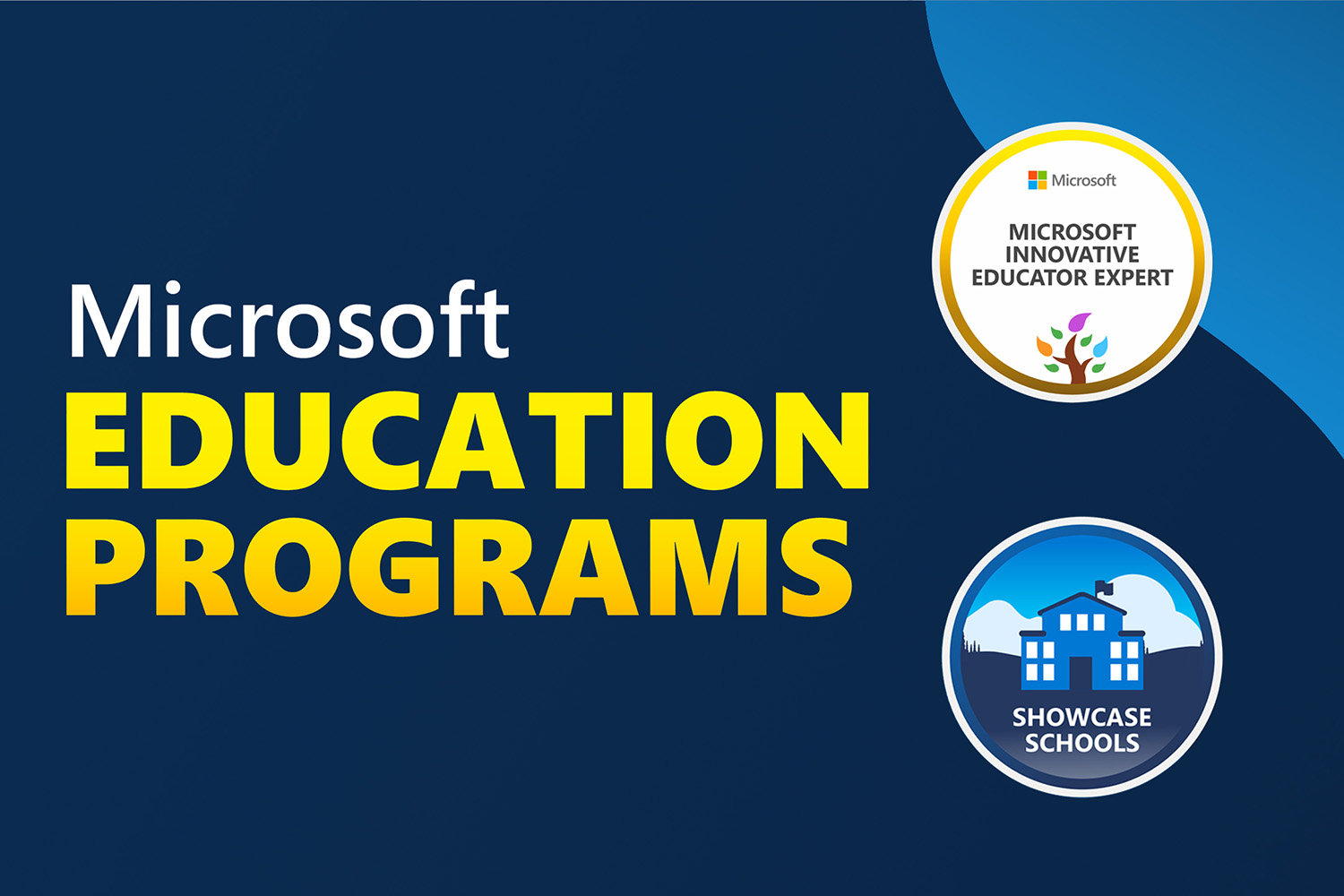At this year’s ISTE conference in Philadelphia, we proudly featured several of our partners in the Microsoft Education booth. These are organizations that share our mission of working to empower every student on the planet to achieve more. We’re highlighting some of those collaborations here.
An estimated 1 in 5 people has dyslexia, a learning difference that impacts how the brain processes information. Yet, even though it touches so many lives, there is still a lot about dyslexia that isn’t widely known. The global philanthropy Made by Dyslexia is trying to change that.
The organization is working to build knowledge of and raise awareness around dyslexia, and we are thrilled to partner with this world-class organization on this important effort.
Harnessing the power of technology
Microsoft was the first company to sign the Made by Dyslexia pledge—a promise that includes recognizing and valuing dyslexia as a different way of thinking and giving those with dyslexia access to technology that empowers them to excel academically and in life.
“Technology is an absolute enabler for dyslexic children,” says Kate Griggs, Founder and CEO of Made by Dyslexia.
As part of our commitment, we expanded our research and development of free training materials and products that support dyslexic students. Those include Microsoft Learning Tools, which we built around reading research and inclusive design principles. One component is Immersive Reader, a tool that increases the readability of content. Its wide-ranging functions include allowing students to change fonts, text size, spacing and color while reading text on devices. Users can also highlight parts of speech, break apart syllables and use a read-aloud function.
“Everything on Immersive Reader is absolutely fantastic for dyslexic kids,” Griggs says.
Fifth-grade teacher Hart Stuck, of the Schenck School in Atlanta agrees. “I love the discreetness of it. Devices kind of level the playing field. Nobody has to know that you’re using Immersive Reader. You’re not having to be pulled out of your classroom. And it creates such independence,” says Stuck.
New training resources
Because dyslexia is related to a difference in information processing, it can create strengths in some areas, such as with creativity, problem-solving and verbal reasoning. And it can lead to challenges in other areas, such as with reading, writing and spelling.
Many teachers report having limited knowledge about how to most effectively teach students with dyslexia, and we’re trying to help address that through our partnership with Made by Dyslexia.
We’ve developed free teacher and parent training materials available through the Microsoft Educator Community. These include short, informative and inspirational videos as well as related learning resources. These introduce educators and parents to dyslexia and include specific materials that can help improve instruction.
“They are geared to parents and teachers, and we’ve had a lot of kids who have watched them as well,” says Griggs. “They’re full of really practical tools and tips.”
Celebrities who have dyslexia, such as businessman Richard Branson and actress Keira Knightly appear in the videos to talk about how dyslexia enhanced their lives and posed some challenges. “Having recognizable people, successful people, out there is really vital for our students to see,” says Stuck, who helped develop the training resources.
If you want to learn more about dyslexia and the work we’re doing, please check out the video above in which Hart Stuck offers an overview of the materials we’ve developed through this exciting collaboration.



